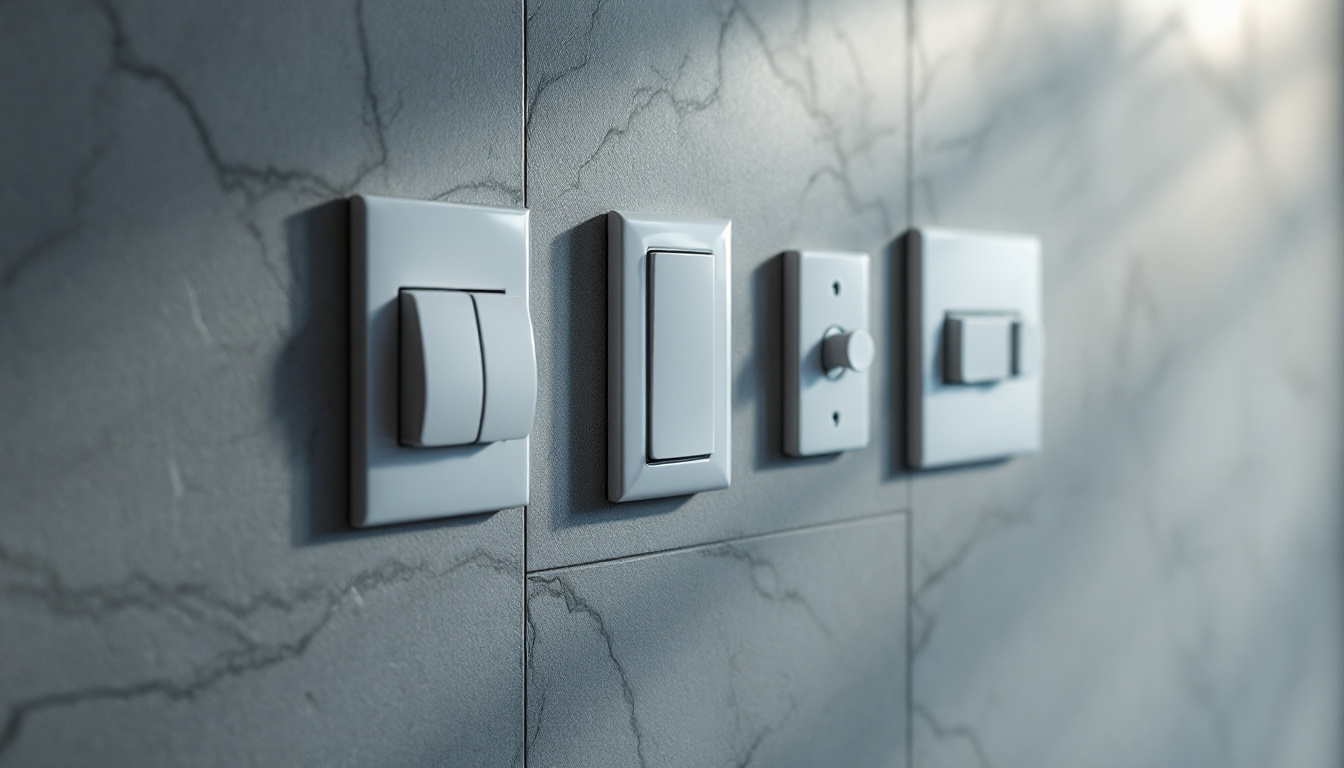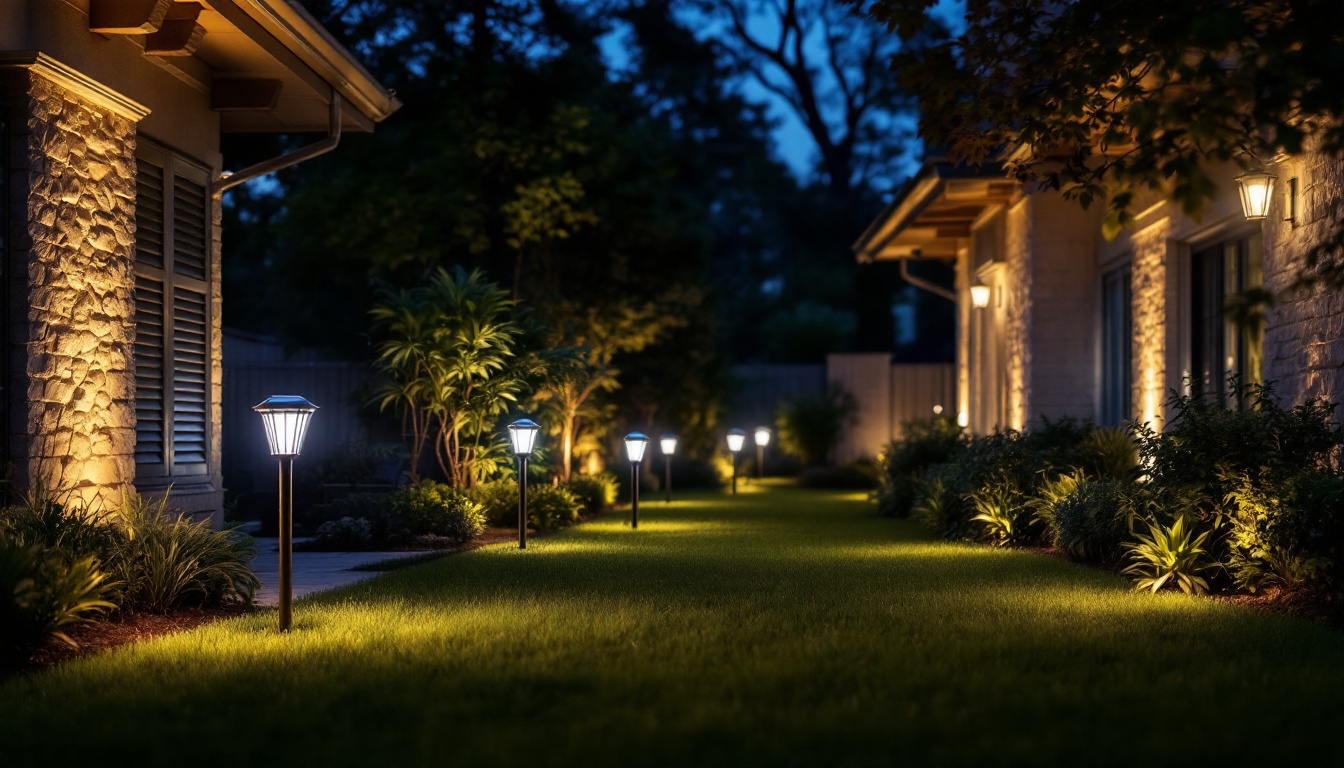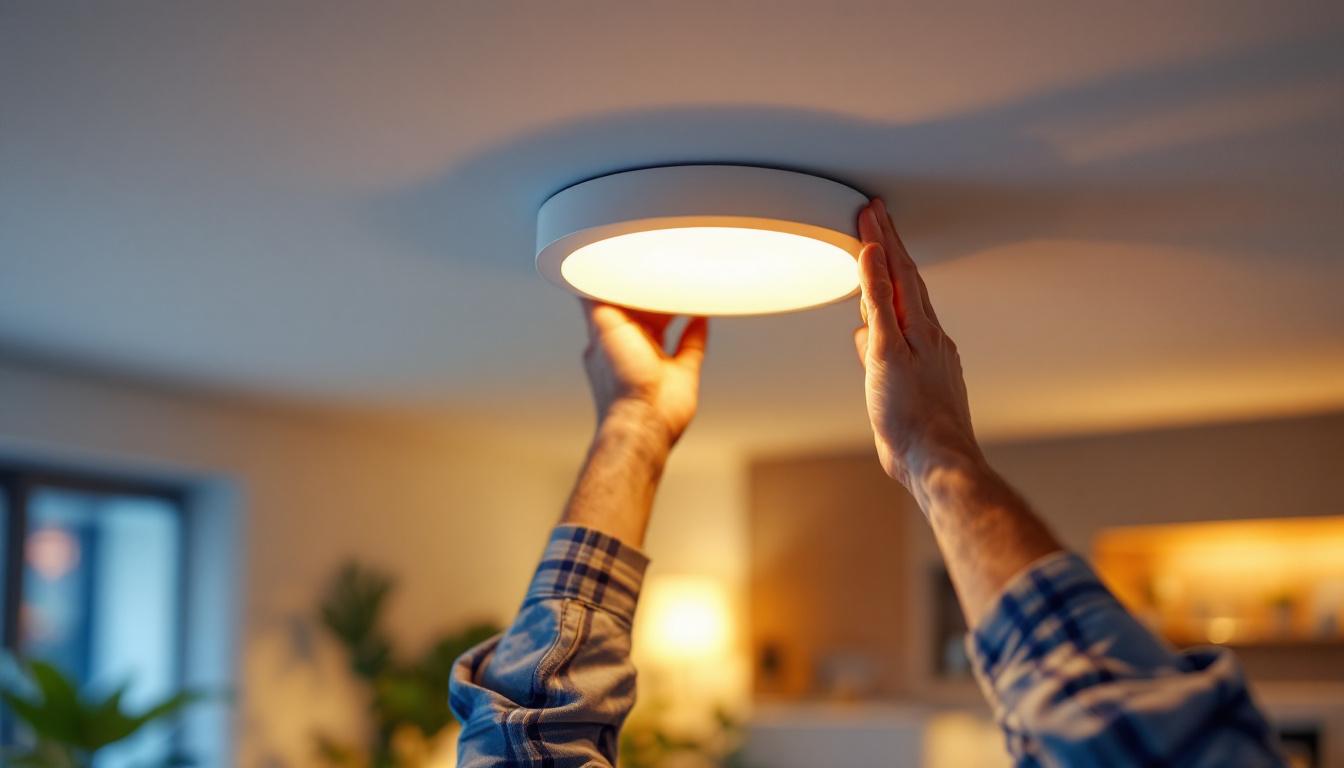
Garages often serve multiple purposes, from housing vehicles to providing storage and workspace. As a lighting contractor, understanding the nuances of garage lighting is essential for delivering effective solutions that meet the diverse needs of your clients. This guide will explore various aspects of garage lighting, including types of lighting, design considerations, and installation tips.
Before diving into specific lighting solutions, it’s crucial to assess the unique requirements of each garage. Different activities may necessitate varying levels of illumination and types of fixtures. Consideration of the garage’s primary function will guide the selection of appropriate lighting.
Garages can serve as simple storage spaces, workshops, or even recreational areas. For instance, a garage used primarily for vehicle storage may require minimal lighting, while a workshop will need bright, focused illumination to ensure safety and precision during tasks.
Understanding the activities that will take place in the garage is vital. For example, if the garage will be used for automotive repairs, bright, shadow-free lighting is essential to avoid accidents and ensure thorough inspections. Conversely, a garage primarily used for storage may only need ambient lighting to navigate the space safely. Additionally, if the garage doubles as a hobby space, such as for woodworking or crafting, task lighting could be beneficial to illuminate specific work areas, allowing for detailed work without straining the eyes.
The layout and dimensions of the garage also play a significant role in determining the lighting requirements. A larger garage may benefit from multiple light sources to eliminate dark corners and ensure uniform illumination. In contrast, smaller garages might only require a single, well-placed fixture.
When assessing the space, consider the height of the ceiling as well. Higher ceilings may necessitate fixtures that can provide adequate light at a greater distance, while lower ceilings can utilize more compact lighting solutions. Moreover, the color of the garage walls can influence how light is perceived in the space; lighter colors tend to reflect light better, enhancing overall brightness, while darker colors may absorb light, necessitating more powerful fixtures to achieve the desired illumination levels. It’s also worth noting the potential for natural light; if windows or skylights are present, they can significantly reduce the need for artificial lighting during the day, making it essential to consider how these elements interact with your overall lighting plan.
Once the needs and layout have been assessed, the next step is selecting the right types of lighting fixtures. Various options are available, each with its advantages and disadvantages.
Fluorescent lights are a popular choice for garages due to their energy efficiency and ability to provide bright, even illumination. They are available in various lengths and can be easily mounted on ceilings or walls.
These lights are particularly effective for larger garages, as they can cover a wide area without creating harsh shadows. However, they may not perform well in extremely cold temperatures, which is something to consider in regions with harsh winters. Additionally, fluorescent lights can sometimes flicker when first turned on, which may be distracting in a workspace. Despite this, their low initial cost and long lifespan make them a practical choice for many homeowners.
LED lights have gained popularity in recent years due to their longevity and energy efficiency. They consume significantly less energy than traditional incandescent or fluorescent bulbs, making them an environmentally friendly choice.
LED fixtures come in various styles, including strip lights, recessed lights, and high-bay lights, providing versatility for different garage layouts. Additionally, their durability makes them ideal for garages where lights may be subject to bumps or vibrations from tools and equipment. Moreover, many LED options are now available with adjustable color temperatures, allowing users to switch from a bright white light for detailed work to a warmer hue for a more relaxed atmosphere during leisure activities.
While incandescent and halogen lights are less energy-efficient than their LED and fluorescent counterparts, they still have their place in garage lighting. These bulbs provide warm light that can create a welcoming atmosphere, which can be beneficial in garages used as recreational spaces.
However, it is essential to note that these types of bulbs generate more heat, which may not be ideal in a confined space. They are also less energy-efficient, leading to higher electricity costs over time. On the other hand, their ability to provide instant brightness and excellent color rendering makes them suitable for tasks that require precise color differentiation, such as painting or detailed assembly work. Additionally, halogen bulbs tend to have a longer lifespan than traditional incandescent bulbs, which can slightly mitigate the energy cost concerns while still delivering that warm, inviting glow.
Designing an effective lighting plan for a garage involves more than simply selecting fixtures. It requires careful consideration of how the lights will be positioned and the overall aesthetic of the space. A well-thought-out lighting design can transform a utilitarian garage into a functional and inviting area that serves multiple purposes, from a workshop to a storage space or even a recreational area.
A layered lighting approach combines ambient, task, and accent lighting to create a well-lit environment. Ambient lighting provides general illumination, while task lighting focuses on specific areas where activities occur, such as workbenches or tool storage. This method ensures that every corner of the garage is illuminated according to its specific needs, allowing for safe and efficient use of the space.
Accent lighting can be used to highlight specific features or areas within the garage, such as shelving or artwork. This approach not only enhances functionality but also adds visual interest to the space. For example, LED strip lights can be installed along the edges of shelves or cabinets, creating a modern look while also making tools and materials easier to find. Furthermore, incorporating smart lighting solutions can allow homeowners to change the mood of the garage with a simple voice command or smartphone app, making it a versatile area for both work and leisure.
Proper positioning of lighting fixtures is critical to achieving optimal illumination. Fixtures should be placed to minimize shadows and ensure that all areas of the garage are adequately lit. For instance, task lighting should be installed directly above work areas to provide focused light. Consider using adjustable fixtures that can be angled to direct light precisely where it is needed, which is especially useful for detailed tasks like woodworking or automotive repairs.
Additionally, consider the use of motion sensors or dimmers to enhance energy efficiency and provide flexibility in lighting levels based on the activities taking place. Motion sensors can automatically turn lights on when someone enters the garage, ensuring that you never have to fumble for a switch with your hands full. Dimmers, on the other hand, allow you to adjust the brightness according to the time of day or the specific task at hand, creating a more comfortable working environment. By thoughtfully integrating these features, you can create a garage that is not only functional but also adaptable to your changing needs.
As energy costs continue to rise, clients are increasingly interested in energy-efficient lighting solutions. Implementing sustainable practices not only benefits the environment but can also lead to cost savings for homeowners.
When selecting lighting fixtures, prioritize energy-efficient options such as LED or fluorescent lights. These fixtures consume less energy and have longer lifespans, reducing the need for frequent replacements.
Encourage clients to consider smart lighting systems that allow for remote control and scheduling. These systems can significantly reduce energy consumption by ensuring that lights are only on when needed.
Incorporating natural light into garage designs can further enhance energy efficiency. Skylights, windows, or light tubes can provide ample daylight, reducing the need for artificial lighting during the day.
When designing the garage, consider the placement of windows or skylights to maximize natural light while maintaining privacy and security. This approach not only saves energy but also creates a more pleasant environment for users.
Proper installation is crucial to ensure that the lighting system functions effectively and safely. Here are some tips for lighting contractors to consider during the installation process.
Before installing any lighting fixtures, ensure that the electrical system can handle the additional load. This may involve upgrading wiring or circuit breakers, particularly in older garages.
It is essential to follow local electrical codes and regulations to ensure safety and compliance. If unsure, consulting with a licensed electrician may be advisable.
When mounting fixtures, ensure that they are securely attached to avoid any hazards. Consider the height at which the fixtures are installed, as this can significantly impact the effectiveness of the lighting.
For task lighting, fixtures should be positioned to minimize glare and shadows. Adjustable fixtures can provide flexibility, allowing users to direct light where it is needed most.
Regular maintenance is essential to ensure that garage lighting remains effective and safe. This includes cleaning fixtures, replacing bulbs, and checking for any electrical issues.
Dust and debris can accumulate on lighting fixtures, reducing their effectiveness. Regular cleaning can help maintain optimal brightness and ensure that the garage remains a safe working environment.
Encourage clients to establish a routine maintenance schedule to check for burnt-out bulbs and other issues. This proactive approach can prevent larger problems down the line and extend the lifespan of the lighting system.
As technology advances, newer lighting options may become available that offer improved efficiency or functionality. Encourage clients to consider upgrading their fixtures periodically to take advantage of these advancements.
Staying informed about the latest trends and technologies in garage lighting can enhance the services offered and provide clients with the best possible solutions for their needs.
Effective garage lighting is a crucial aspect of creating a functional and safe environment. By understanding the unique needs of each garage, selecting appropriate fixtures, and implementing thoughtful design strategies, lighting contractors can deliver exceptional results for their clients.
From energy efficiency to aesthetic appeal, the considerations outlined in this guide will help lighting contractors navigate the complexities of garage lighting. By staying informed and proactive, contractors can ensure that their clients enjoy well-lit, efficient, and versatile garage spaces for years to come.
Ready to elevate your garage lighting projects with superior quality and unbeatable value? Look no further than LumenWholesale. Our extensive selection of spec-grade lighting products is designed to meet the highest industry standards, ensuring you deliver reliable and high-performance lighting solutions to your clients. With our direct-to-contractor pricing, free shipping, and hassle-free bulk buying, you can access premium lighting at the best prices, without any hidden fees or compromises. Make the smart choice for your next project and experience the best in wholesale lighting at LumenWholesale.

Discover the essential guide to light switch types and compliance standards that every lighting contractor must know.

Discover why top-rated solar outdoor lights are a game-changer for lighting contractors.

Discover the essential checklist for lighting contractors focusing on LED pot light trim installations.

Discover how long hanging lights are transforming the lighting industry and becoming the secret weapon for contractors.